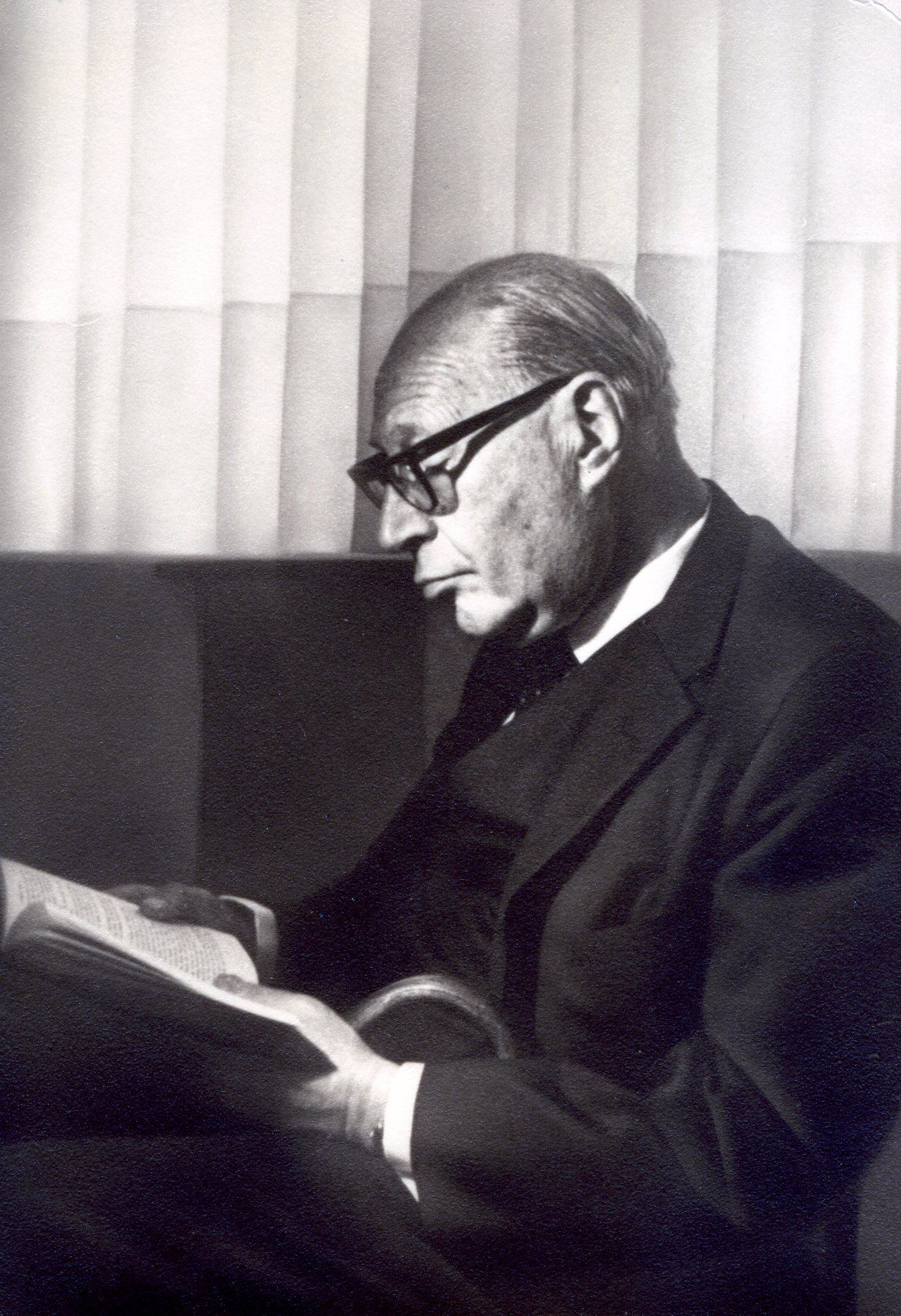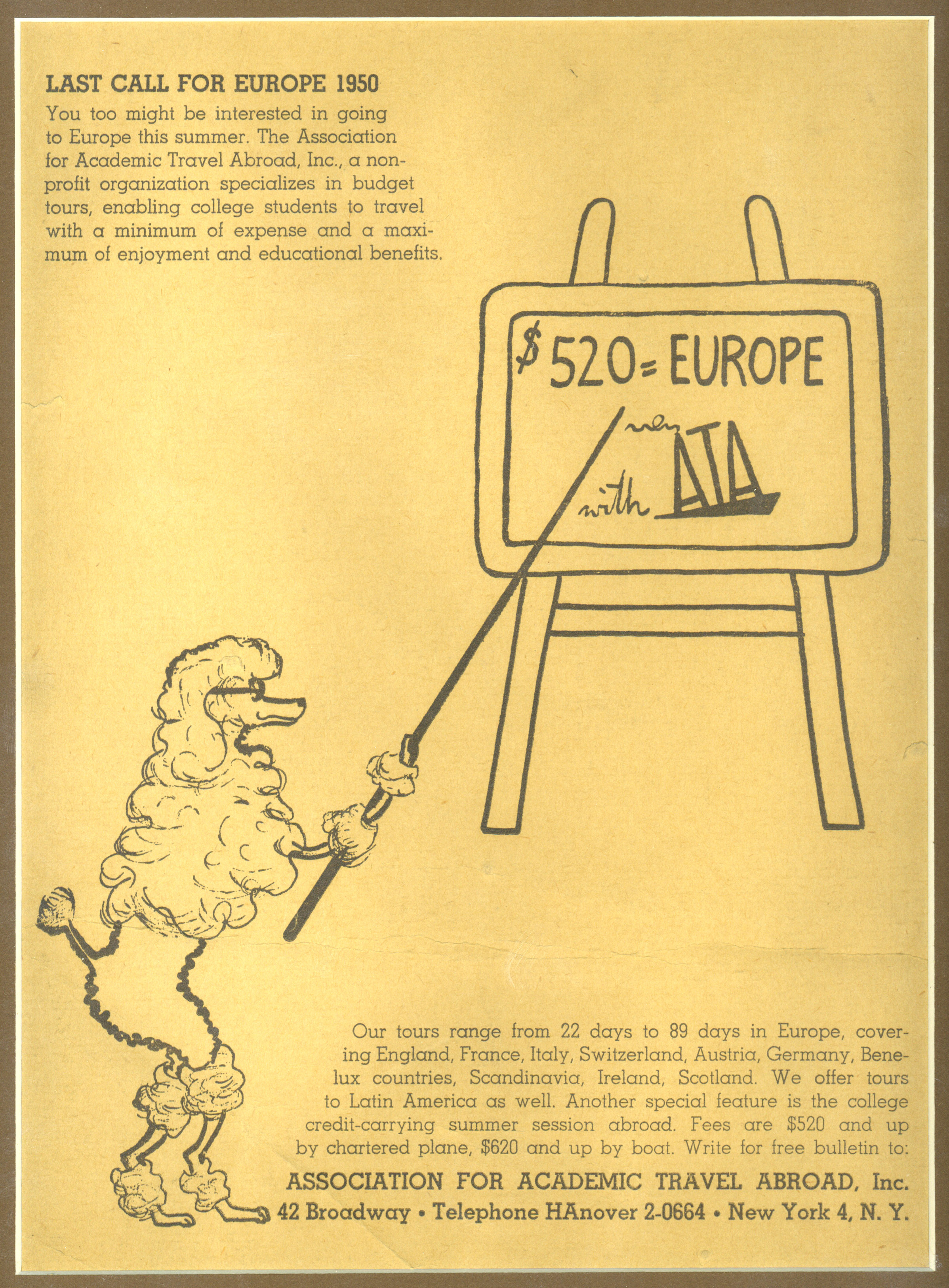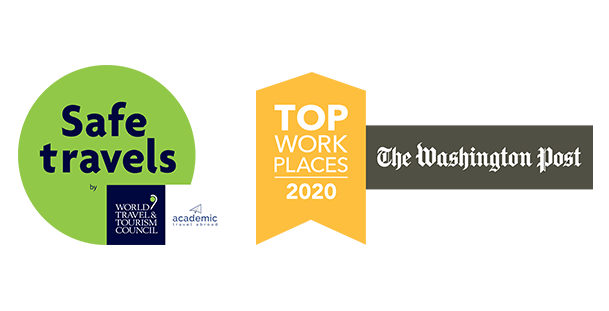
In the late 1940’s, Americans were interested in how Europe was recovering from WWII. Fritz Kaufmann, an economics professor at the University of Vermont, took a group of students there to see it for themselves. The resulting study tour to “see the Marshall Plan in action” was a hit and led Fritz to arrange even more international tours. His goal was to create tours that would educate as well as delight, challenge as well as inspire, and move travelers one step closer to global understanding.
By 1950, ATA was born.
ATA’s story is the story of a travel company, and the story of a travel company is the story of the world. After all, world events generate curiosity, and curiosity feeds travel. In the 1970’s, ATA’s Soviet Union department required six full-time staff. After the end of the Cold War, there was no longer a need for a Soviet Union department at all. Tours to Cuba skyrocketed after the doors to the island re-opened to US citizens for the second time. And in the 2010’s, ATA’s study abroad division had seen steadily growing interest in its programs that focus on Arabic language learning, an area of study that surged in US universities after 2001.
Of course, world events can not only inspire travel, but also deter it. “This is an industry that sees Chernobyls, political upheavals, and economic unrest. You have to adapt. You have to be quick on your feet,” muses David Parry, former ATA owner. Dave purchased the company from Fritz Kaufmann in 1972 and, with his wife Susan, was at the helm until 2012, when ATA was bought by two of the current co-owners: Kate Simpson, President, and Chase Poffenberger, Executive Vice President.


